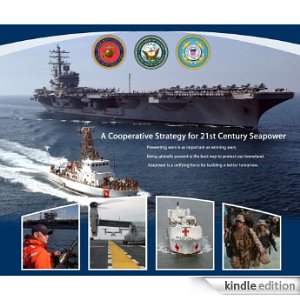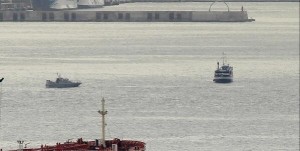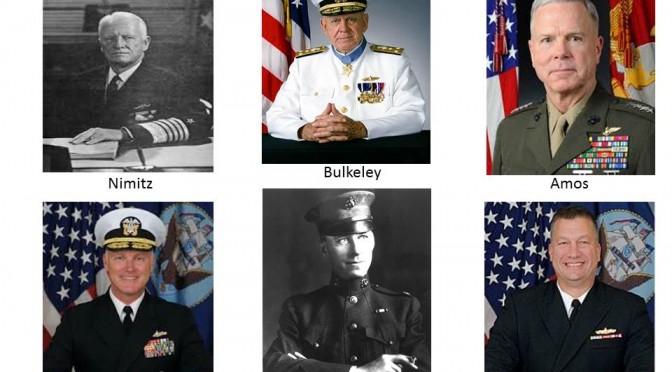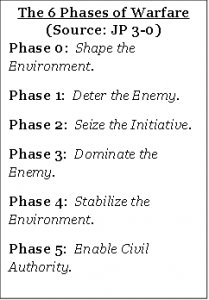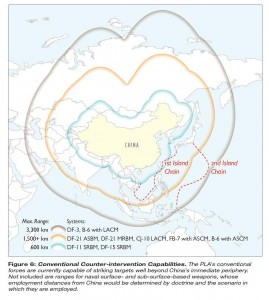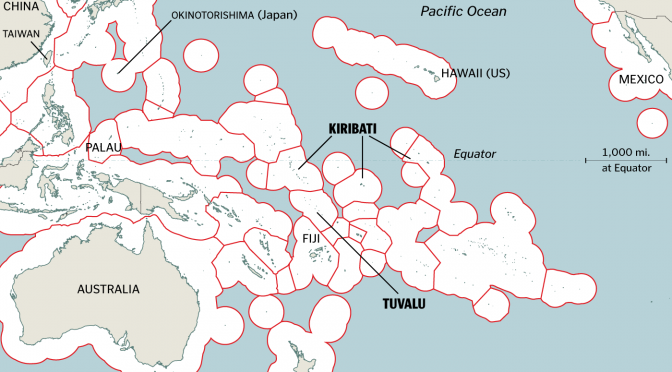In March 2015, the United States published a new maritime strategy document titled ‘A Cooperative Strategy for 21st Century Seapower’ (Strategy-2015). It supersedes the one of the same title published eight years ago in October 2007 (Strategy-2007). It is the first maritime strategy to be released after the US announced its ‘Rebalance to Asia’ in 2011, and comes amidst seminal developments with far-reaching geopolitical and security ramifications. This view-point attempts to analyze Strategy-2015, including in comparison to Strategy-2007.
Jointness and Political Interface
Strategy-07 was the first-ever combined strategy of the three US Sea Services (Navy, Marine Corps and Coast Guard). Strategy-2015 maintains this feature, with is appropriate since the maritime environment is essentially ‘joint’’, and therefore, any strategy relating to the maritime realm cannot be a single-service articulation. Besides, due to fiscal uncertainties the US is facing today, an inter-service synergy is necessary to avoid duplication of resources and optimise investments for capability development.
Notably, unlike the 2007 document, the new strategy contains a ‘Preface’ by the Secretary of the Navy, which indicates an enhanced political interface with the Sea Services, possibly in terms of both oversight and support of the higher national leadership.
Indo-Asia-Pacific
The new strategy contains an explicit focus on the region that it calls the “Indo-Asia-Pacific.” While US officials have been increasingly using this phrase, the 2015 Strategy document is the first official articulation. The inference is two-fold:
• First, it denotes the realisation of the ‘inadequacy’ of ‘Asia-Pacific’ to address the emerging geopolitical, economic and security dynamics of the rising Asia.
• Second, while the phrase ‘Indo-Pacific’ has become more prevalent in Asia since 2007, the US preference to use “Indo-Asia-Pacific” indicates that it wishes to be part of Asia’s ‘rise’ and derive the attendant gains.
Ends, Ways and Means
The term ‘strategy’ is defined as an articulation of ‘ways’ and ‘means’ to achieve the ‘ends’. In this context, Strategy-07 was merely a ‘primer’ to strategy. It referred to ‘ends’ in very broad terms, without going into specifics of security challenges. It avoided naming countries, either as adversaries, or allies and partners. While it mentioned maritime threats like piracy, it did not contextualize these with specific areas. It was also frugal in expounding on the ‘ways’ and ‘means.’
In comparison, Strategy-15 is a detailed articulation. It echoes the spirit of the US ‘Rebalance’ policy in terms of China’s naval ascendency as both an opportunity and a challenge. It seeks to temper Beijing’s revisionist stance and dissuade its politico-military assertiveness through multifaceted engagement. It is also more forthright in defining the “military challenges”, such as the “Russian military modernization (and) aggression” and the (Chinese) “anti-access/area denial (A2/AD) capabilities that challenge our global maritime access….” Furthermore, it is more explicit on the ‘geography’ of piracy, the effects of religious radicalism and the fundamentalist groups. In terms of the ‘ways’ and ‘means’ too, Strategy-2015 reveals as much as a document in the public domain possibly can. It provides much detail on the US plans to allocate forces for the ‘Rebalance.’
Strategic and Operational Access
Since the middle of 20th century when the US rose to superpower status with the ability to influence events worldwide, unimpeded strategic access to the global commons and freedom of operational manoeuvre have been the cornerstones of its military strategy.
While Strategy-2007 did acknowledge the operational salience of dominating the realms of space, cyber and the electromagnetic (EM) spectrum – as integral to sea control, for instance – it conceived strategic access largely in the geospatial context: sea, land and air. Strategy-2015 goes beyond this to seek access and freedom of action in any domain—the sea, air, land, space, and cyberspace, as well as in the EM spectrum. In all likelihood, this is a declaration meant to counter China’s declaratory policy of A2/AD in the western Pacific, including the asymmetric challenges in the space, cyber and EM domains that Chinese military forces may impose upon their US counterparts.
Forward Presence and Partnership
Strategy-2007 had laid much emphasis on forward presence of the US Sea Services as essential for a major power like the US that seeks inter alia to shape developments in its areas of interest, be better prepared to respond to adverse contingencies, deter and dissuade potential adversaries, reassure allies and friends.
While maintaining the emphasis on forward presence, Strategy-2015 also explains how the US intends to achieve this more effectively, both operationally and fiscally. It adds that the forward naval presence would enable a quick and seamless access to the US joint military forces, if and when the occasion demands.
Given that resource limitations envisaged by the US Sea Services, ‘forward naval presence’ is closely enmeshed with the need to develop partnerships with local maritime forces. The Thousand Ship Navy (TSN) concept propounded by the US Navy’s Chief of Naval Operations (CNO) Admiral Mike Mullen in 2005 was rephrased as the ‘Global Maritime Partnership’ (GMP) initiative in Strategy-2007. As a set of informal arrangements, the GMP was also intended to “send powerful messages to would-be aggressors that we will act with others to ensure collective security….”
Strategy-2015 furthers the appeal for the partnership, now rephrased as a “global network of navies.” The document effectively communicates to the potential partners the rationale for such “plug and play” cooperation with the US forces sans “commitment.”
Force Design and Employment
Strategy-2015 describes “a force that balances warfighting readiness with our Nation’s current and future fiscal challenges.” This statement seems to be the mainstay of the force design and employment strategy of US Sea Services.
Strategy-2007 had laid down the intent to “tailor” maritime forces “to meet the unique and evolving requirements particular to each geographic region.” Strategy-2015, possibly driven by fiscal prudence, seems to have adopted a less ‘ambitious’ approach. It aims only to “align (existing) capability, capacity, and platforms to regional mission demands…by ensuring that our most modern and technologically advanced forces are located where their combat power is needed most.” It also seeks to enhance the effectiveness of naval forces by employing “new warfighting concepts… and…. innovation.” The innovations stipulated by the document include increasing forward-basing of forces “to reduce costly rotations…” and developing modular platforms like Littoral Combat Ships (LCS) to enable swapping mission modules in lieu of costly ship rotations.
In sum, Strategy-2015 is not only a quantum improvement over the preceding strategy document of 2007, but also sets a model for the other existing and emerging major powers to emulate in the interest of transparency in military concepts and capability development. Such transparency is essential among maritime-military forces that operate in the international medium, and particularly those belonging to the “Indo-Asia-Pacific” region that is becoming increasingly volatile, as recent developments indicate.
Captain Gurpreet S Khurana, PhD is the Executive Director, National Maritime Foundation (NMF), New Delhi. The views expressed are his own and do not reflect the official policy or position of the Indian Navy, the NMF or the Government of India. He can be reached at [email protected].


